Humane Alternatives to Chick-Hatching Projects
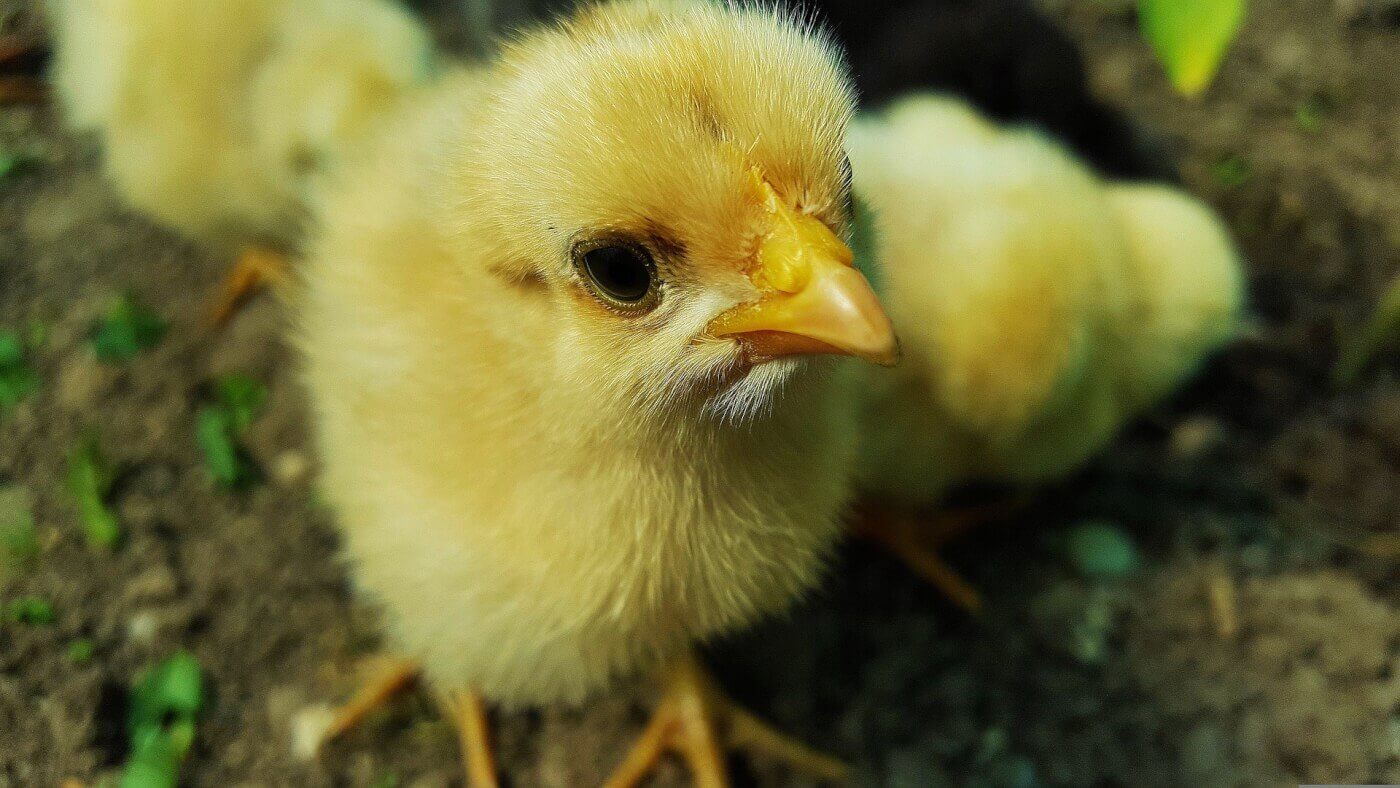
What’s Wrong With School Hatching Projects?
When the topic of life cycles is covered in class, teachers try to find activities that will resonate with students. One common classroom demonstration of life cycles involves an incubator and live chicks or ducklings. But what do the babies who hatch into such an unnatural environment endure, what possible diseases are students being exposed to, and what happens to the chicks when the class moves on to a new subject? What does it teach children when animals are treated like objects? After the lesson is over, the classroom has a brand-new responsibility: caring for the surviving birds or finding homes for them.
What Do Chicks and Ducklings Endure After the Hatching Project Is Over?
It’s generally not an option for teachers and students to take these chicks in as animal companions. It’s illegal to keep chickens or ducks in many places. Even in places where they are allowed, these animals require a great deal of work, and have extensive and expensive needs regarding proper food, shelter, and veterinary care. Here are a few common outcomes after a hatching project is over:
- The birds are taken to an open-admission shelter. Domestic ducklings and chicks are not wild animals and can never be released to fend for themselves, so wildlife rehabilitators typically don’t accept them. Traditional animal shelters—already bursting at the seams with dogs and cats—are rarely equipped to care for them, and chicks and ducklings are seldom placed in qualified homes simply because there aren’t very many of them available.
- The birds are taken back to the commercial poultry supplier that provided the eggs. These babies are often immediately slaughtered so that they won’t contaminate commercial flocks with unknown pathogens that they may have picked up at a school.
Note: These commercial suppliers are often factory farms where tens of thousands of birds are crammed into cages so small that they’re unable to spread their wings and forced to live amid their own waste. - The birds are offered for sale or given away online. There is no shortage of tragic stories of animals who were listed online as “free to a good home.”
- The birds are dumped in the park, on the street, or in other unsuitable environments. Baby birds have even been found in dumpsters and trash cans.
The best candidate to raise a baby animal is the animal’s mother, not children. A mother hen “talks” to her chicks before they hatch, while they’re still inside the shell, to teach them to recognize her voice in a flock. Even experienced rehabilitators who do everything correctly still struggle to keep newly hatched chicks and ducklings alive. As you can imagine, grade school children and their teachers generally can’t provide baby birds with proper care. On average, mother hens rotate their eggs 96 times a day; when replaced with an artificial incubator, chicks are denied the necessary, consistent movement from their mother, which can result in death inside the shell or terrible deformities. Once hatched, if baby birds aren’t immediately provided with proper nutrition, they will develop an array of painful, debilitating, and life-threatening conditions, which becomes all too common when the eggs are left in the classroom overnight and on weekends. And children frequently mishandle vulnerable baby birds. Sadly, many chicks and ducklings hatched in the classroom die there. The ones who survive are typically sent back to the provider and are likely killed to prevent potential disease transmission to the companies’ flocks. Chick-hatching experiments that use live chicks in the classroom are not only cruel but also unnecessary.
Using animals as interactive tools doesn’t foster respect for them—instead, children get the message that they’re ours to do with as we please. Hatching projects also convey the message that it’s OK to separate animals from their families and homes in order to use them for our own purposes. Fortunately, there are some great humane classroom alternatives for teaching the life cycle of a chicken. You can promote compassion in your students by leaving animals out of the classroom.
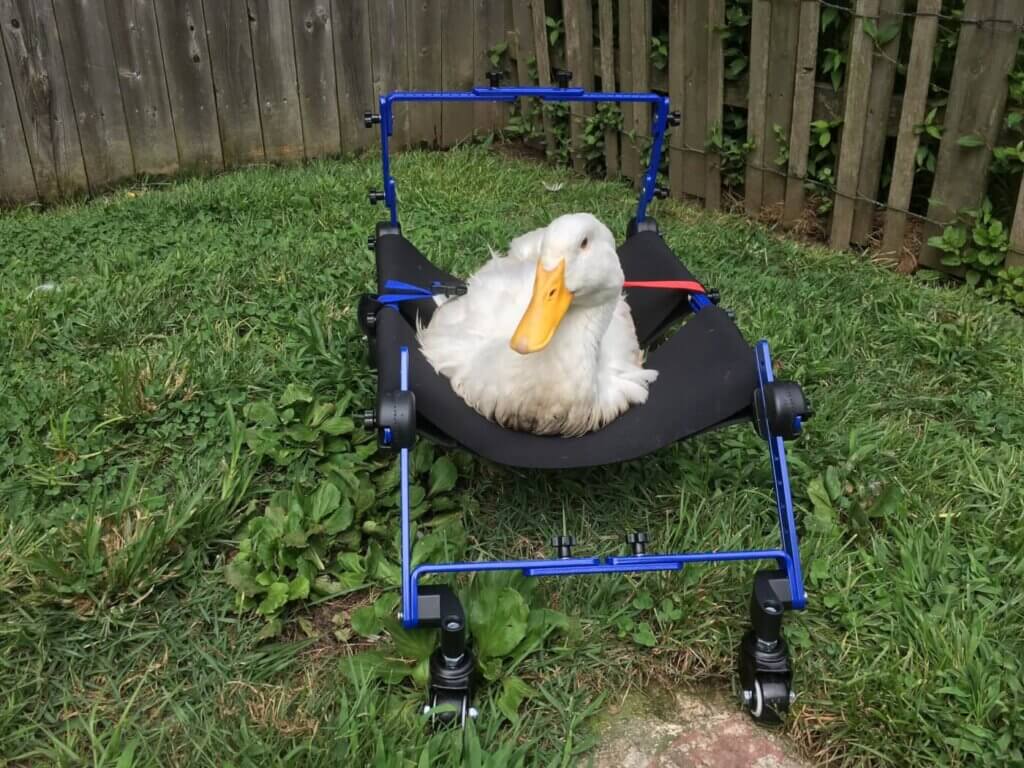
Try these humane alternatives below to teach about the life cycle of a chicken:
Mother Hen’s Nest Activity
This project meets the following Next Generation Science Standards (NGSS):
- K-LS1-1 Use observations to describe patterns of what plants and animals (including humans) need to survive.
- 1-LS1-2 Read texts and use media to determine patterns in the behavior of parents and offspring that help offspring survive.
Making a “mother hen’s nest” is a dynamic and humane way for students to have a hands-on experience learning about the life cycle of a chicken without harming a living, feeling being. Find a cozy and quiet spot (if possible) in your room to set up your “nest.” This would essentially resemble the safe space chosen by a mother hen to house her babies. Use the following materials:
- A stuffed toy hen
- A basket
- Some straw (or shredded paper)
- Learning Resources Chick Life Cycle Exploration Set (or your own plastic Easter eggs filled with a printed image of each stage of development)
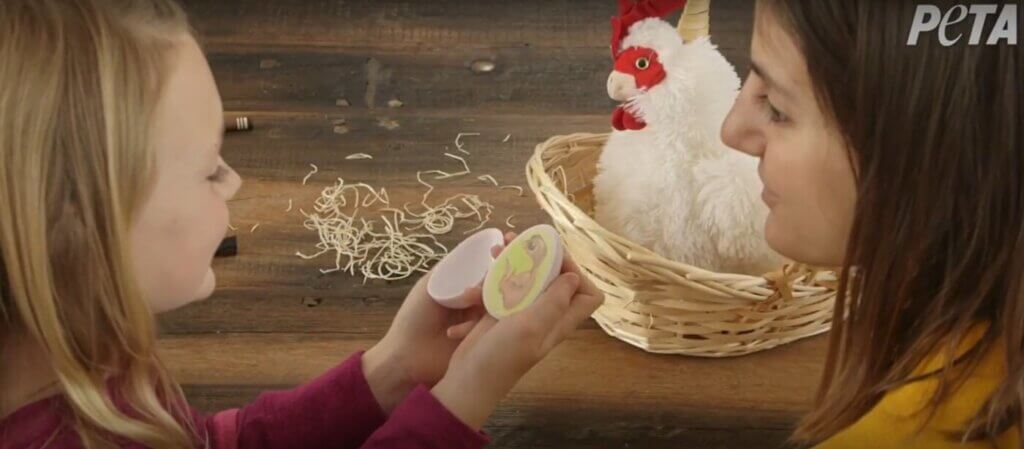
Fill your basket with straw, place the stuffed toy hen on top, and then over 21 days, select one student each day to retrieve an egg from beneath the “mother hen” and replace it with the appropriate egg. If you’re using plastic eggs that you’ve purchased on your own, print out small images of each stage of the chick’s development and put them in your plastic eggs. Have a student open the assigned egg for that day and show the image to their peers. For virtual learning, ask the students what number between 1 and 21 they’re on. Throughout this time period, use the slide show below to teach students about the development of the chick’s body. This setup in your classroom will also reinforce to students that this development should take place while the chick is with the mother hen. You’ll be able to see the excitement in your students when they understand the bond between mother hen and chick.
Life Cycle Presentation
Use the following slide show presentation to provide students with detailed information about the life cycle of a chicken and the subtle changes that take place in the developing embryo each day. It can be used to supplement this nest activity or to replace it if you don’t have access to the needed materials. It can also provide virtual learners with detailed images and information about the life cycle of a chicken of a chicken. Slides 1 through 4 are just for teachers.
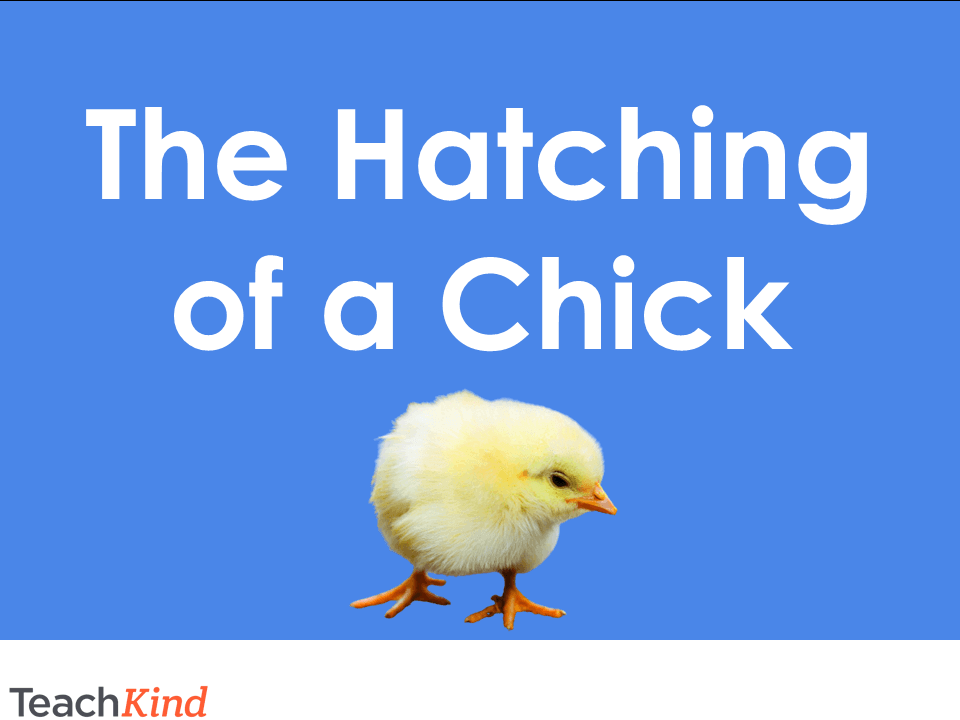
Key Vocabulary
- Domesticated animals—Animals who rely on humans to meet their needs
- Needs—Things that animals must have so they can live and be healthy, including food, water, shelter, the opportunity to move around and interact with others, and sometimes veterinary care
- Wants—Things that make animals happy, including their favorite foods and activities
- Sanctuary—A place that provides animals with safe, comfortable living conditions
- Hen—A female chicken
- Rooster—A male chicken
- Chick—A baby chicken
- Embryo—An unhatched chicken
‘Meet’ Real Chickens
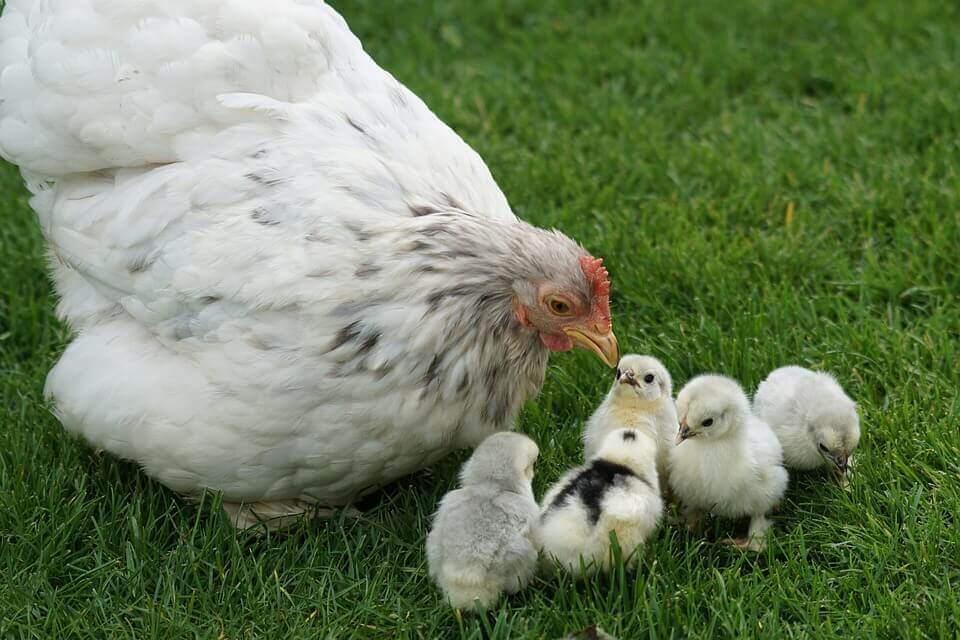
Although it might not be possible for you and your students to visit a farm sanctuary in person, you can still “meet” real chickens (and other animals) thanks to technology. Virtual field trips can provide educational enrichment while being both engaging and empathy-building. Both Farm Sanctuary and Catskill Animal Sanctuary offer virtual tours on which students can be introduced to chickens who were rescued from abusive situations and now get to live in peace. Pasado’s Safe Haven and Indraloka Animal Sanctuary both have educational programs geared toward many different age groups. Each animal has a unique story, and it’s not uncommon for chickens at sanctuaries to have been rescued after being used in classroom projects about the life cycle of a chicken. Remind your students that by speaking up and choosing not to participate in these projects, they can help spare chickens suffering and abuse.
Check out our collection of online live-animal cams that allow students to observe animals in their natural habitats without disturbing them.
You can also share stories about chickens rescued from abusive situations. Lucky, for example, was on her way to the slaughterhouse when fate intervened. Use this video discussion activity (for grades K–2), which is an age-appropriate version of her rescue story (for grades 6–8), to encourage your students to take action to help end animal suffering.
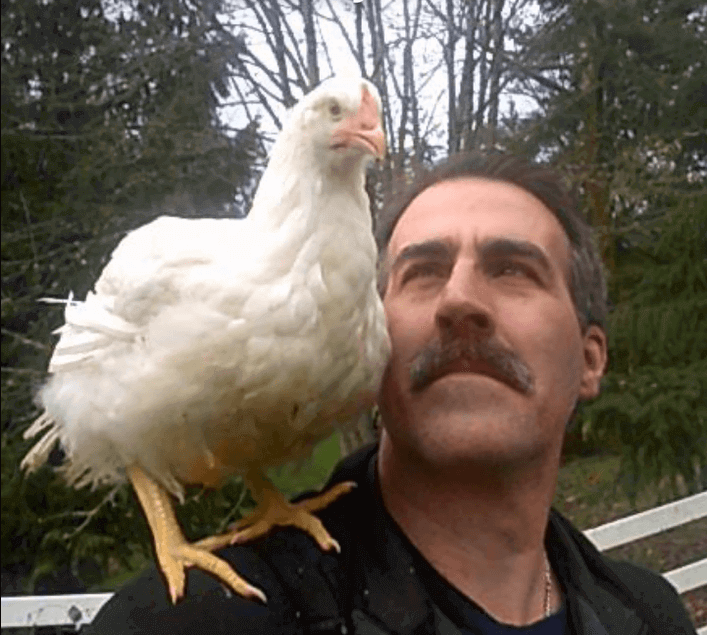
Educational Comic
Read “A Chicken’s Life” with your students so they can learn interesting facts about chickens, why they need our help, and easy ways to help them.
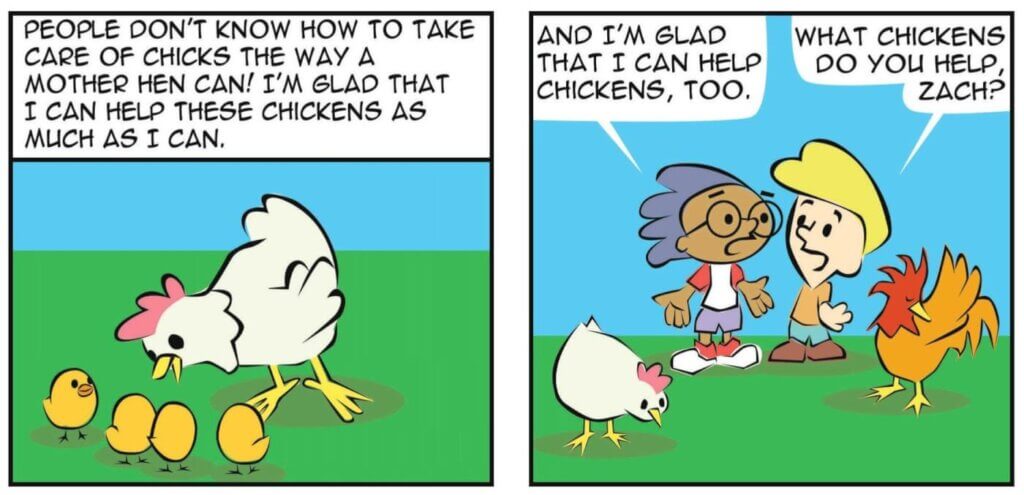
Modern, Humane Alternatives to Hatching Projects
For educational value, hatching projects miss the mark. But there are several free and paid programs that do meet curricular objectives and save baby birds:
- Take a look at the easy-to-use Chick It Out smartphone app, which can turn a classroom table into an observation deck for a virtual chick through the power of augmented reality with 360-degree viewing. Watch the growth of a chick starting within the egg on day one all the way through day 21, when they hatch.
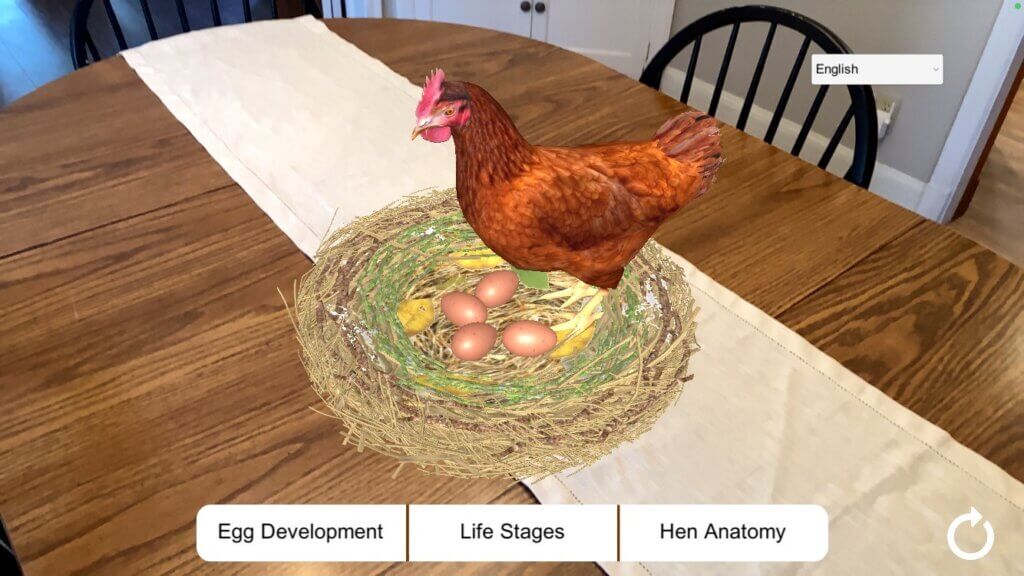
- Egg: A Photographic Story of Hatching by Robert Burton (with photographs by Jane Burton and Kim Taylor) uses close-up photographs to show the egg-hatching process. The book follows the process from the first crack in the shell to the moment when the chick breaks out of the egg.
- A Home for Henny, written by United Poultry Concerns founder Karen Davis and illustrated by Patricia Vandenbergh, tells the story of a grade-school hatching project and a chick named Henny who would have been disposed of but finds a happy home at a sanctuary, thanks to a student named Melanie and her parents.
Learning about the life cycle of a chicken and other animals can help your students explore scientific concepts and address NGSS, but hatching experiments that use live chicks in the classroom don’t model kind practices for young learners. With the alternative chick-hatching projects above, students can gain an understanding of how an embryo grows into a chick while also developing empathy for chickens—realizing that these individuals deserve to live with their families, who know best how to care for them.
